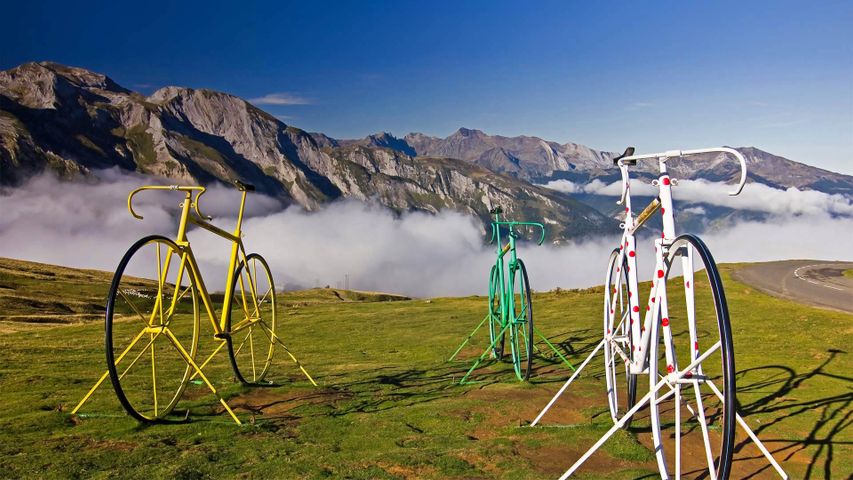Mas performers in costume perform at the Notting Hill Carnival, London
© Daniel Berehulak/Getty Image
It’s party time. Notting Hill Carnival
The streets of west London will shake to the beat of steelbands and calypso music as the Notting Hill Carnival returns after two years of virtual festivities during the pandemic. Dancehall, dub and grime music will reverberate from 30 static sound systems, bringing the party vibe to the streets while hundreds of stalls serve up tasty food, from curried goat, Jamaican jerk chicken and fried plantain to Trinidadian roti and Guyanese pepper pot. The centrepiece of this celebration of Caribbean culture, music, dance and food is the main parade featuring floats and glittering mas (masquerade) bands sporting sequins, feathers, masks and other eye-catching costume creations.
The origins of the Notting Hill Carnival go back to late 1959, when Claudia Jones held the first indoor Caribbean carnival aimed at uniting the community amid deteriorating race relations. In the 1960s, activist Rhaune Laslett suggested that Trinidadian women in the area hold a carnival festival in August while the children were off school. From small beginnings, it has grown into Europe’s biggest street festival, an iconic event that attracts about a million people and brings the noise to this corner of west London over the bank holiday weekend.
Related Images
Bing Today Images
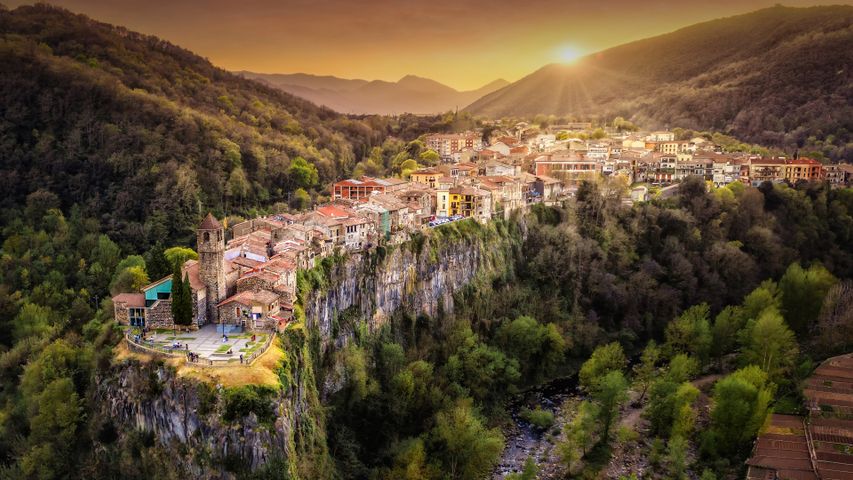
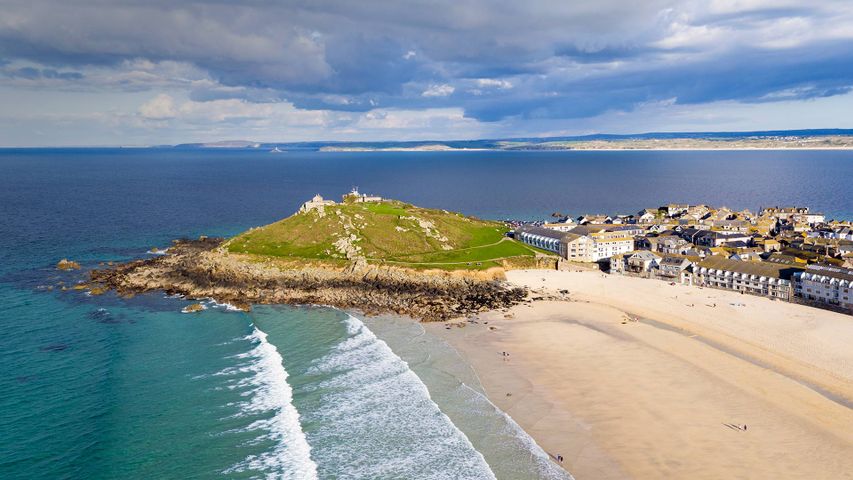
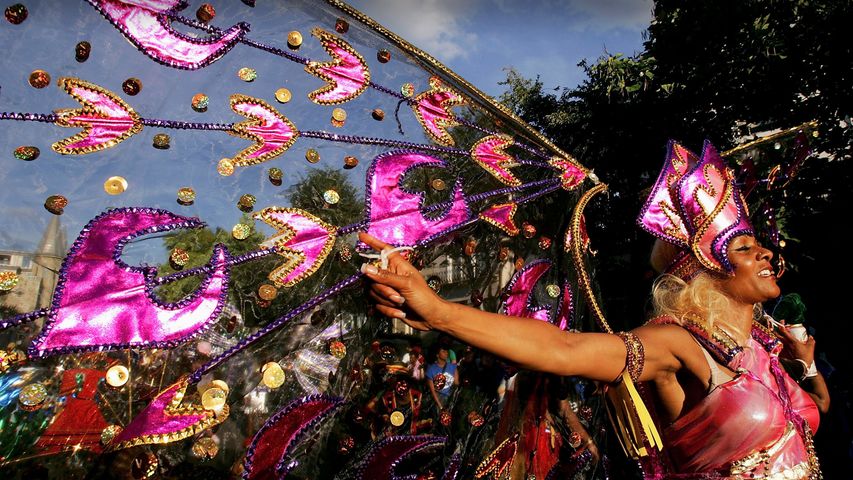
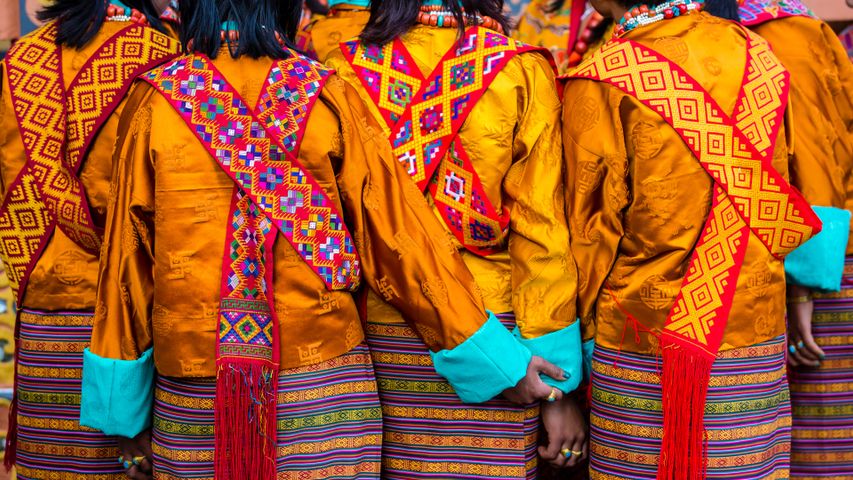 Women in traditional dress at the Paro Tshechu Festival in Bhutan
Women in traditional dress at the Paro Tshechu Festival in Bhutan
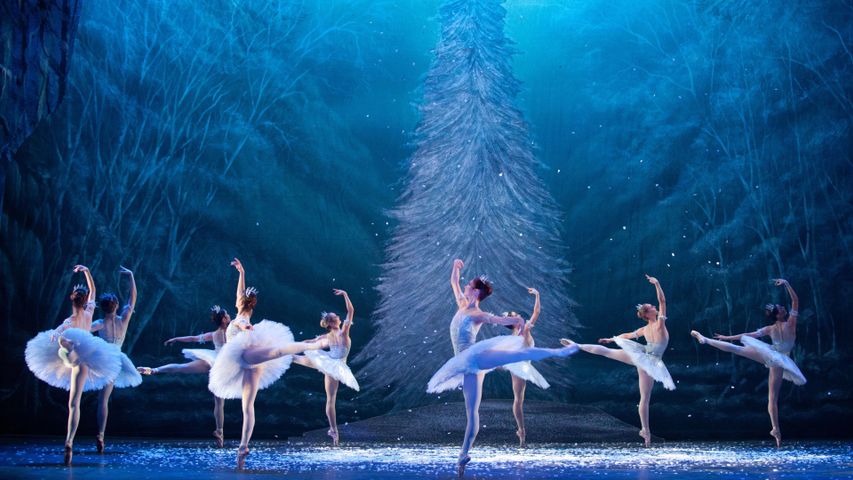 English National Ballet performing 'The Nutcracker'
English National Ballet performing 'The Nutcracker'
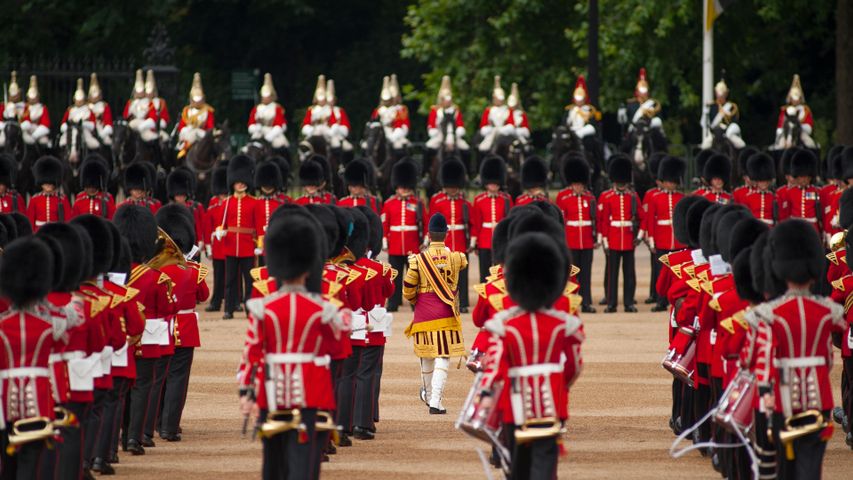 Guards Bands at Horse Guards Parade, London during Trooping the Colour 2014
Guards Bands at Horse Guards Parade, London during Trooping the Colour 2014
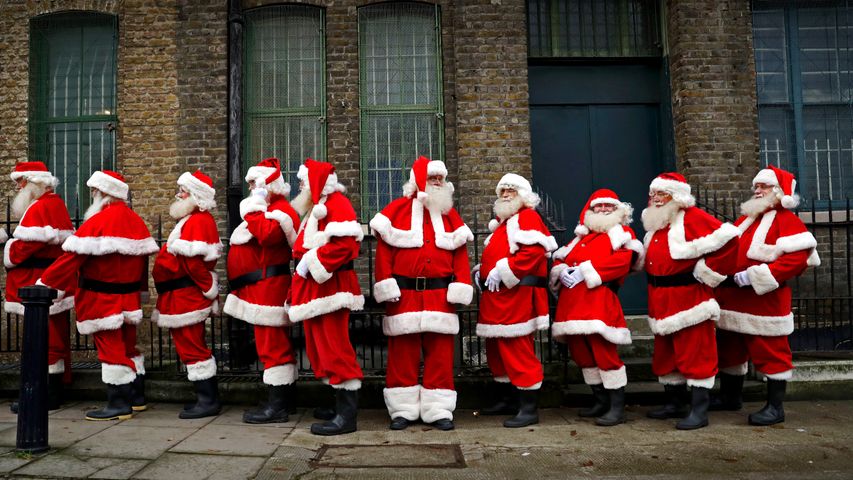 Performers dressed as Father Christmas from the Ministry of Fun Santa School in London
Performers dressed as Father Christmas from the Ministry of Fun Santa School in London
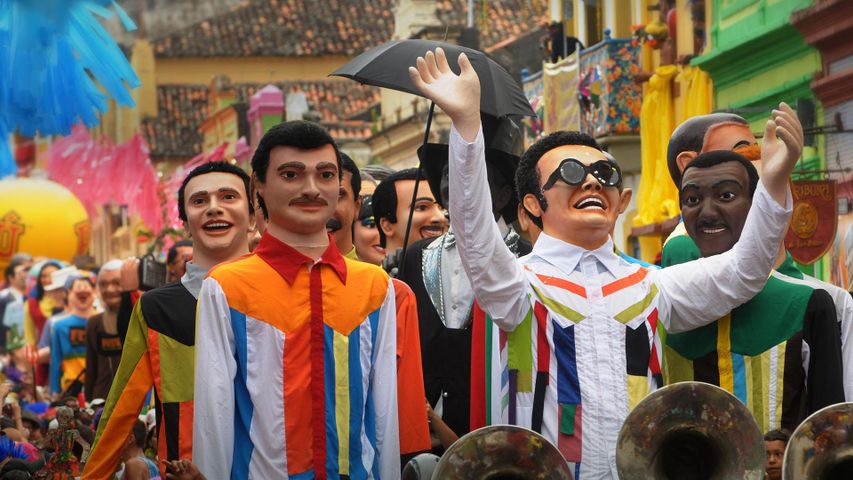 Giant puppets for Carnival in Olinda, Brazil
Giant puppets for Carnival in Olinda, Brazil
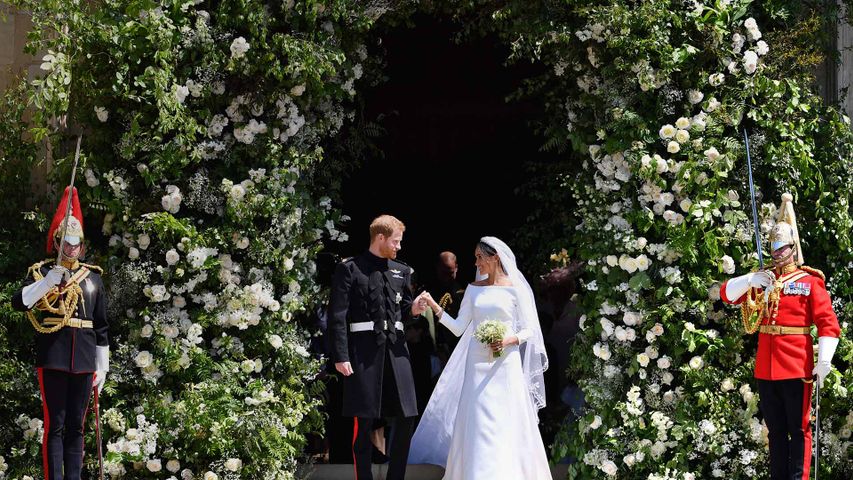 Prince Harry and Meghan Markle leave after their wedding ceremony at St. George's Chapel in Windsor Castle in Windsor
Prince Harry and Meghan Markle leave after their wedding ceremony at St. George's Chapel in Windsor Castle in Windsor
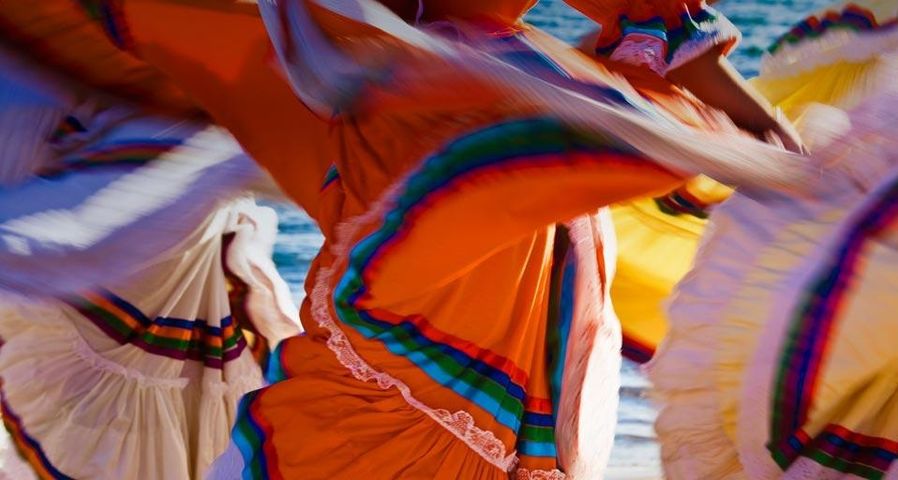 Close-up of traditional dancers in Guaymas, Sonora, Mexico
Close-up of traditional dancers in Guaymas, Sonora, Mexico
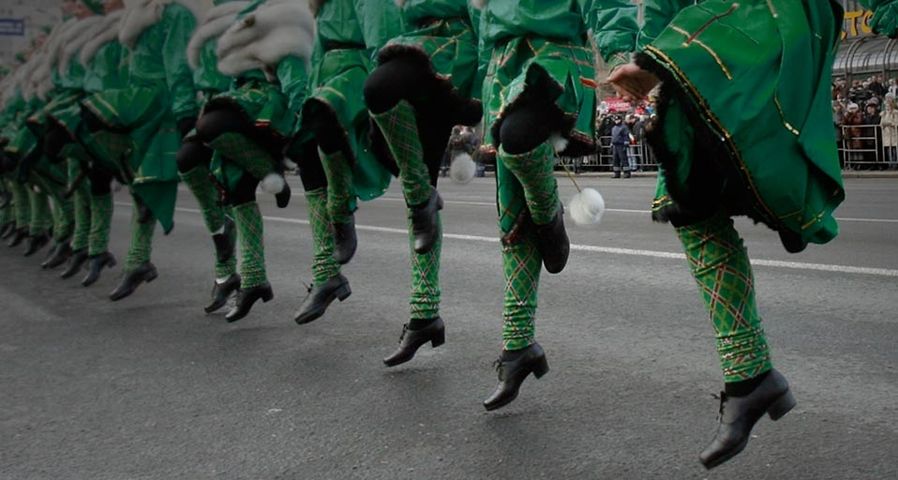 Dancers perform during a St. Patrick's Day parade in central Moscow, Russia
Dancers perform during a St. Patrick's Day parade in central Moscow, Russia


